Maria Schneider, 1952–2011
The vulnerable actress who tangoed with Brando
One notorious film—more precisely, one scene in that film—made Maria Schneider’s career. It also broke her life. Director Bernardo Bertolucci cast the virtually unknown Schneider, then 19, to play opposite Marlon Brando in 1972’s Last Tango in Paris, the story of a widower and a young woman whose chance meeting in a vacant Paris apartment flares into a torrid affair. Despite Bertolucci’s art-house credentials, the film received an X rating and shocked audiences. In the most lurid scene, Brando sodomizes Schneider on the floor of the apartment, a segment that sparked public indignation and led several European countries to ban the film. Schneider herself was pursued relentlessly by reporters and photographers. “The whole scandal and aftermath of the film turned me a little crazy,” she said years later, “and I had a breakdown.” Schneider said the film had left her feeling “humiliated” and “a little raped” by both Brando and Bertolucci. Though she remained friends with Brando until his death, in 2004, she never spoke to Bertolucci again.
Schneider was born in Paris, the product of an affair between French actor Daniel Gélin and Marie-Christine Schneider, a Romanian-born model, said the London Guardian. Gélin, who was married to another woman at the time, refused to acknowledge his daughter, and “with defiance,” Schneider used her mother’s name when she began her acting career. Leaving home at 15 after a fight with her mother, she moved into the Paris home of Brigitte Bardot, one of Gélin’s former co-stars. Bardot put her up and helped her find an agent. Schneider modeled and landed a few small movie roles before Bertolucci cast her in Last Tango.
The high point of Schneider’s post-Tango career was her role as a dreamy architecture student in Michelangelo Antonioni’s The Passenger, playing opposite Jack Nicholson, said the Los Angeles Times. The low points were more plentiful. She became addicted to drugs, attempted suicide, and had tumultuous affairs with men and women alike. In 1975, she checked herself into a psychiatric hospital in Rome to be with her female lover. She quit at least two films in mid-production: Tinto Brass’s sexually explicit sword-and-sandals epic, Caligula, and Luis Buñuel’s That Obscure Object of Desire. On both occasions, she had quarreled with the directors over nude scenes, which she refused to perform. “Never take your clothes off for middle-aged men who claim that it’s art,” she advised other actresses.
The Week
Escape your echo chamber. Get the facts behind the news, plus analysis from multiple perspectives.

Sign up for The Week's Free Newsletters
From our morning news briefing to a weekly Good News Newsletter, get the best of The Week delivered directly to your inbox.
From our morning news briefing to a weekly Good News Newsletter, get the best of The Week delivered directly to your inbox.
In her last years, Schneider had kicked drugs and seemed to have found a measure of peace, working in her spare time with The Wheel Turns, a philanthropy that helps down-on-their-luck performers. After Bertolucci learned of her death, he said, “Maria accused me of having robbed her of her youth, and only today am I wondering whether there wasn’t some truth to that.”
A free daily email with the biggest news stories of the day – and the best features from TheWeek.com
-
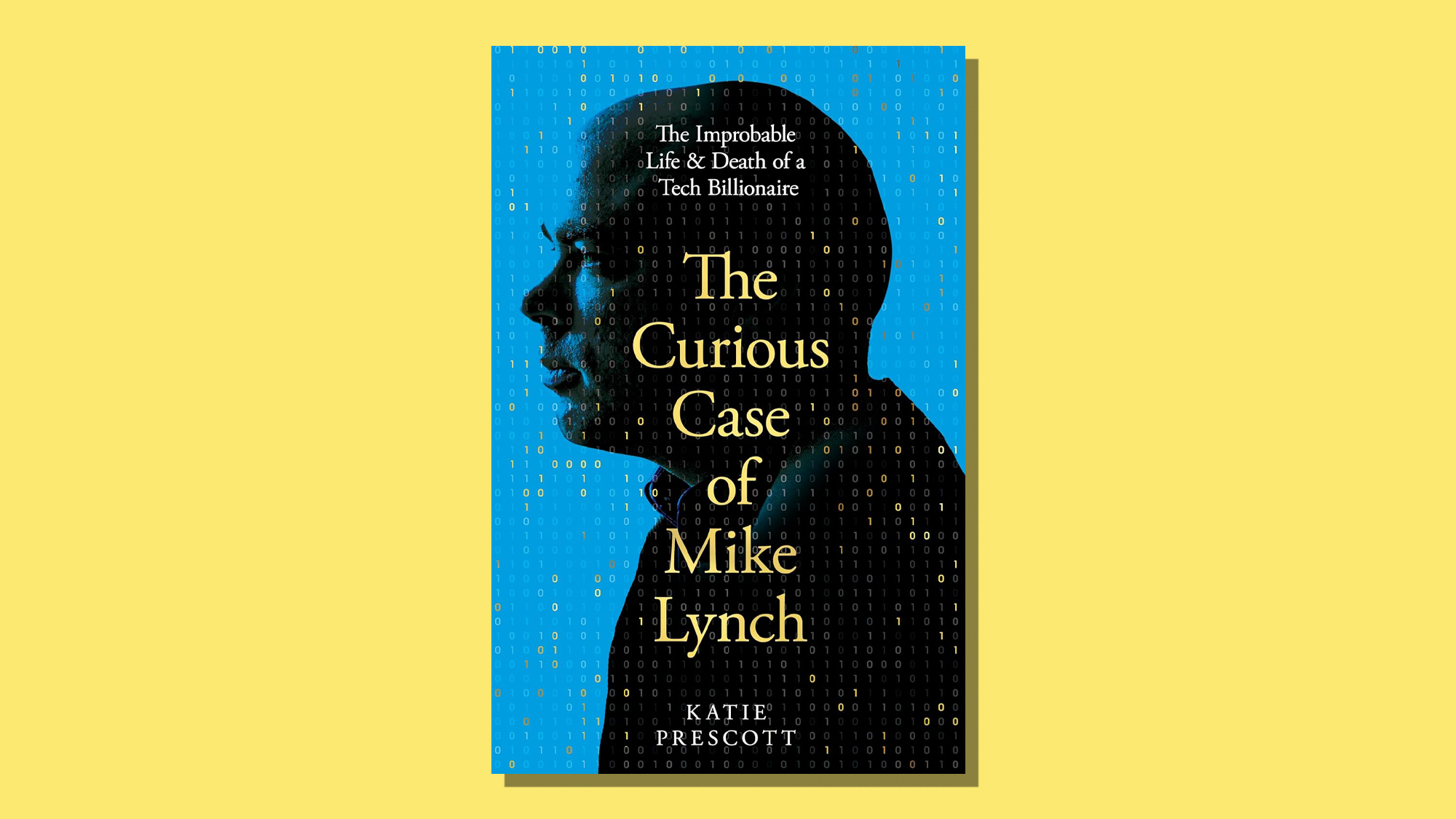 The Curious Case of Mike Lynch: an ‘excellent, meticulously researched’ biography
The Curious Case of Mike Lynch: an ‘excellent, meticulously researched’ biographyThe Week Recommends Katie Prescott’s book examines Lynch’s life and business dealings, along with his ‘terrible’ end
-
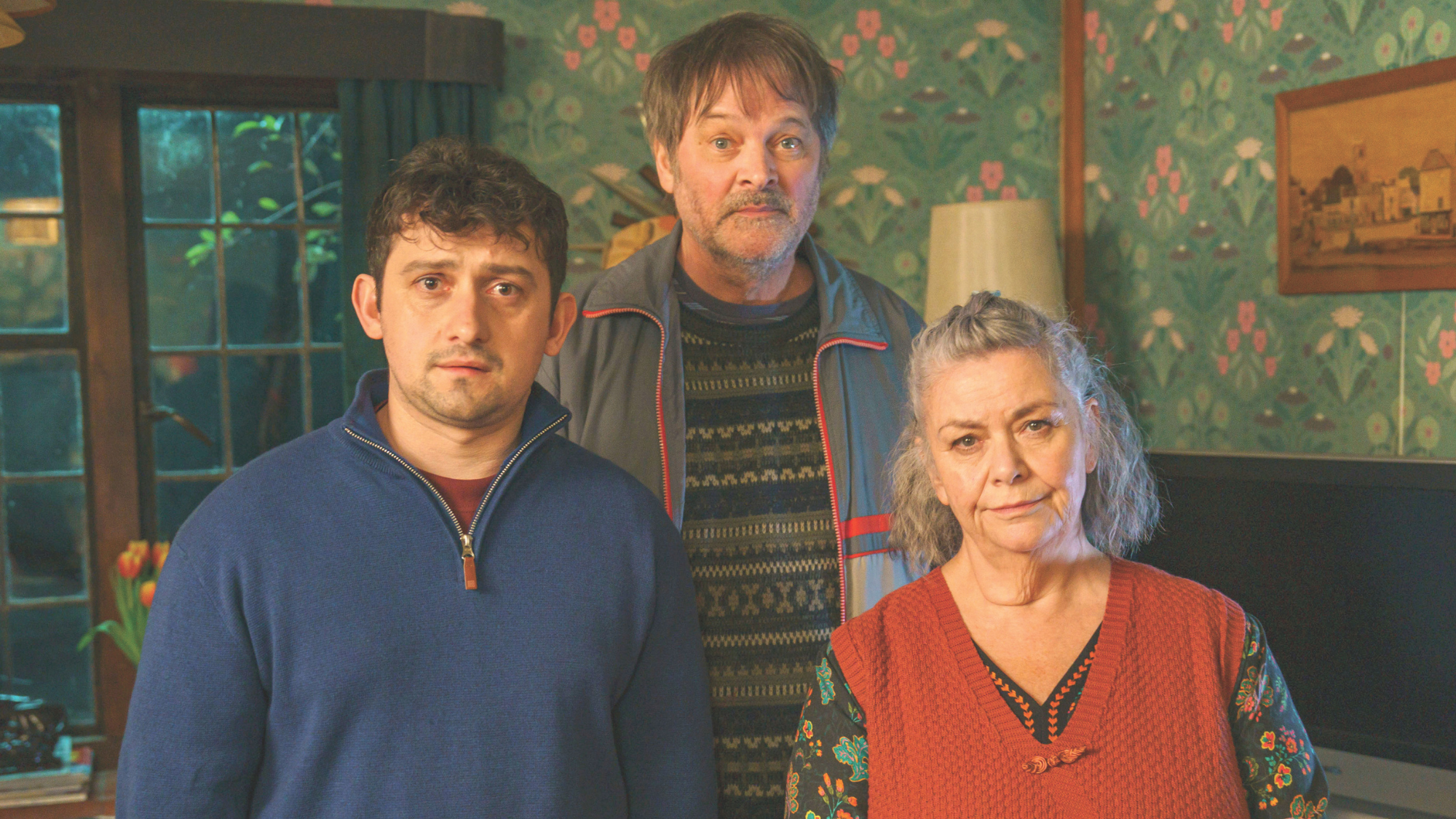 Can You Keep a Secret?: Dawn French’s new comedy is a ‘surprising treat’
Can You Keep a Secret?: Dawn French’s new comedy is a ‘surprising treat’The Week Recommends Warm, funny show about an insurance scam is ‘beautifully performed’
-
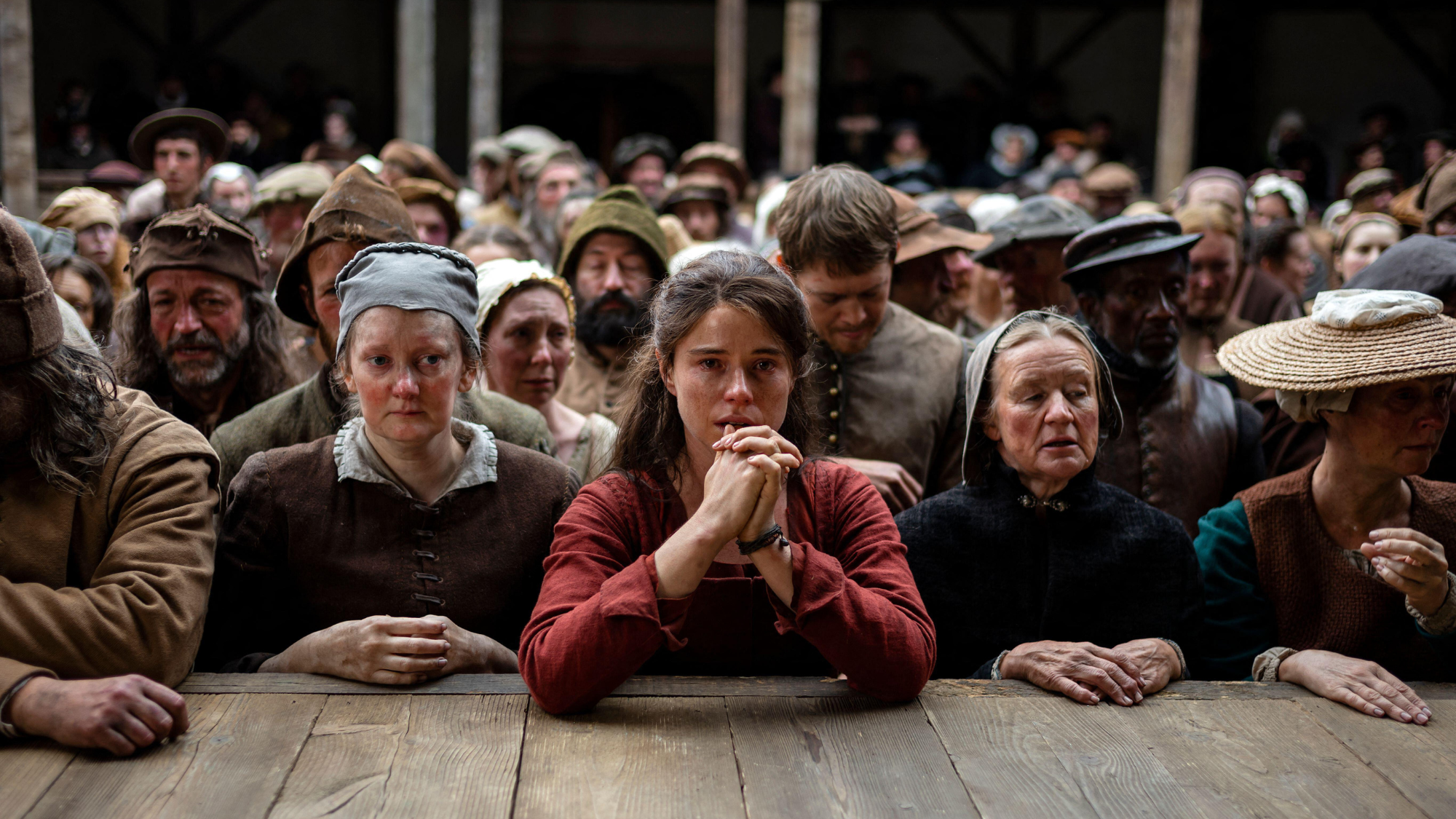 Hamnet: a ‘slick weepie’ released in time for Oscar glory?
Hamnet: a ‘slick weepie’ released in time for Oscar glory?Talking Point Heartbreaking adaptation of Maggie O’Farrell’s bestselling novel has a ‘strangely smooth’ surface
-
 Brigitte Bardot: the bombshell who embodied the new France
Brigitte Bardot: the bombshell who embodied the new FranceFeature The actress retired from cinema at 39, and later become known for animal rights activism and anti-Muslim bigotry
-
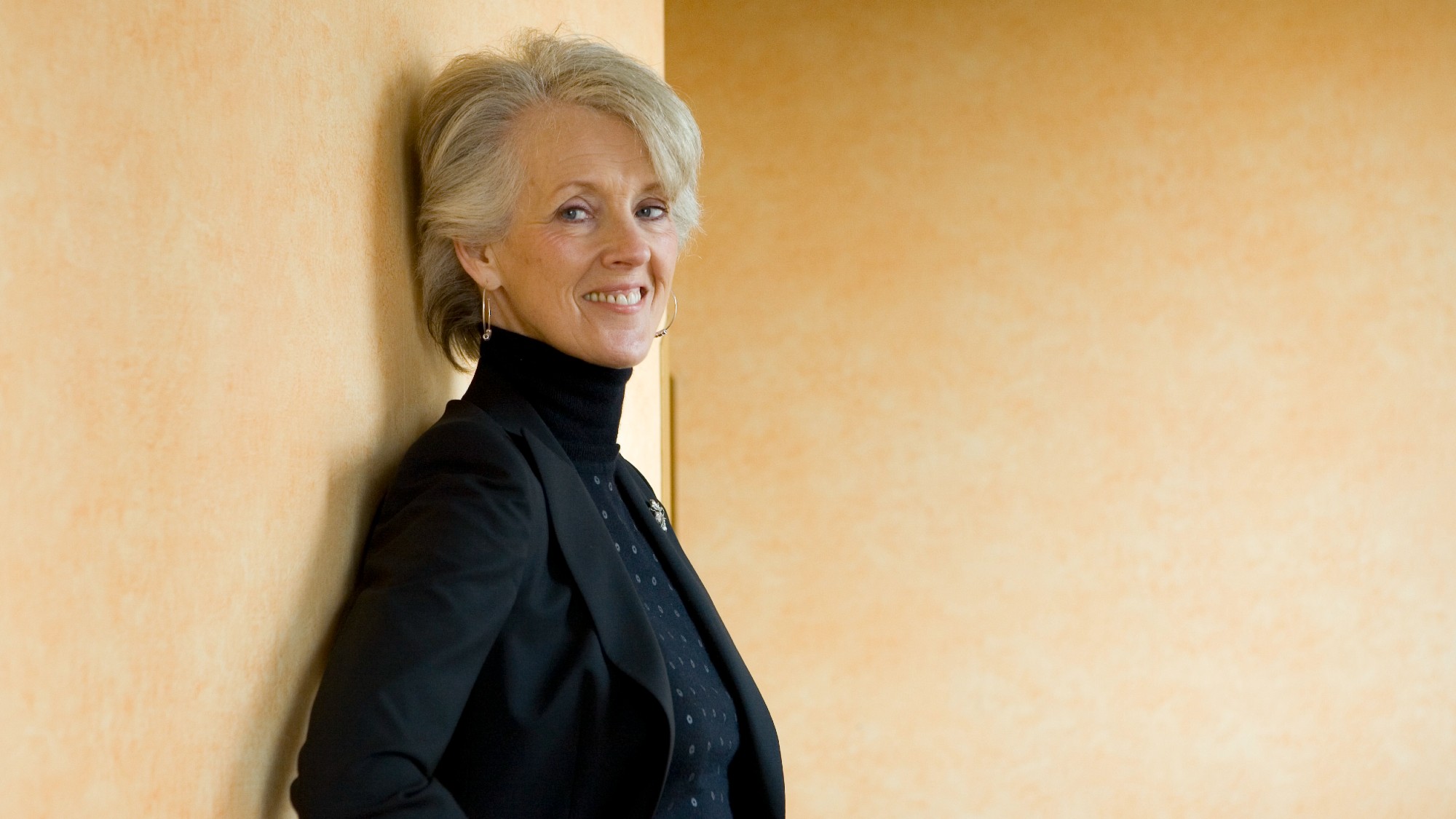 Joanna Trollope: novelist who had a No. 1 bestseller with The Rector’s Wife
Joanna Trollope: novelist who had a No. 1 bestseller with The Rector’s WifeIn the Spotlight Trollope found fame with intelligent novels about the dramas and dilemmas of modern women
-
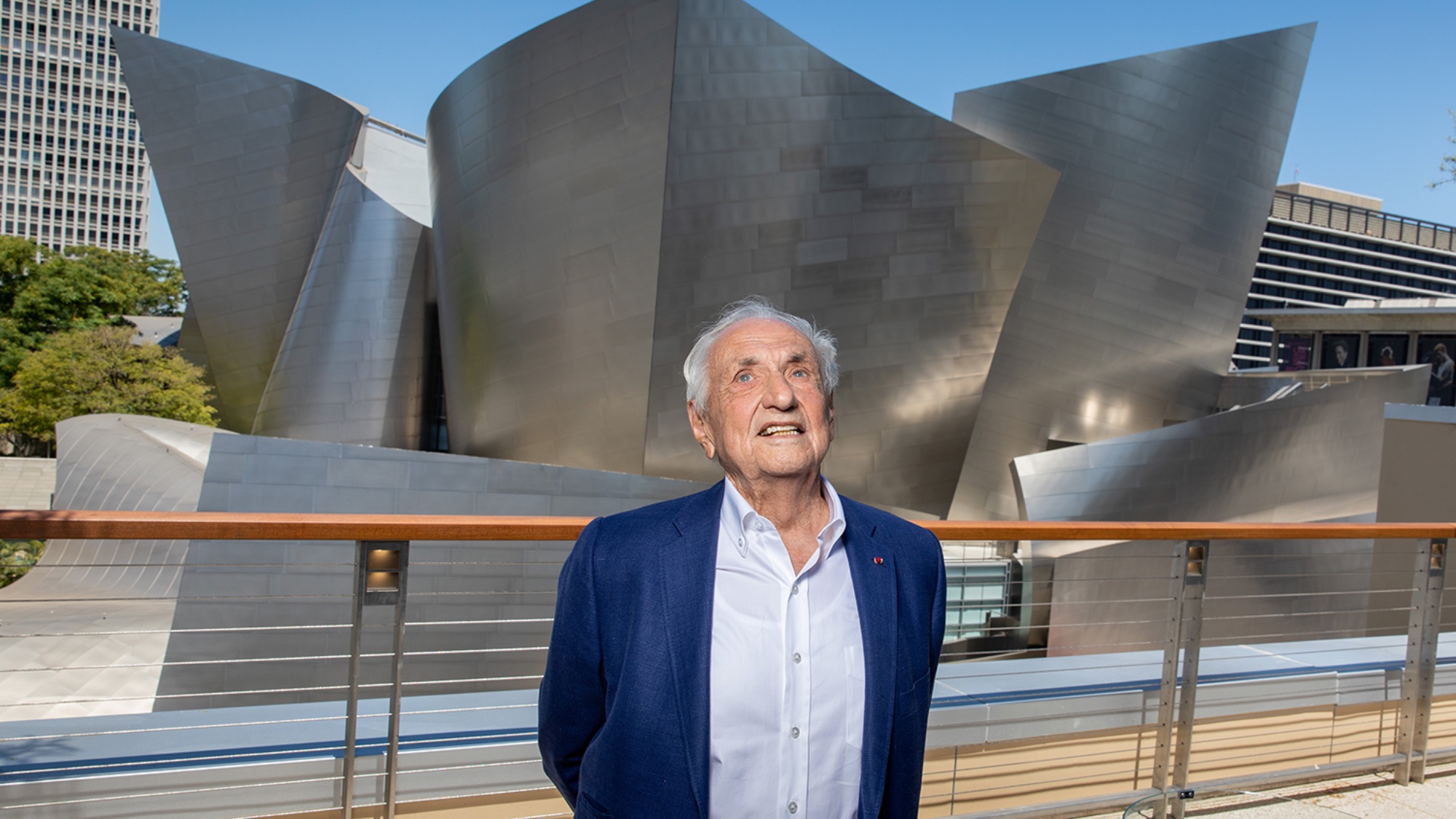 Frank Gehry: the architect who made buildings flow like water
Frank Gehry: the architect who made buildings flow like waterFeature The revered building master died at the age of 96
-
 R&B singer D’Angelo
R&B singer D’AngeloFeature A reclusive visionary who transformed the genre
-
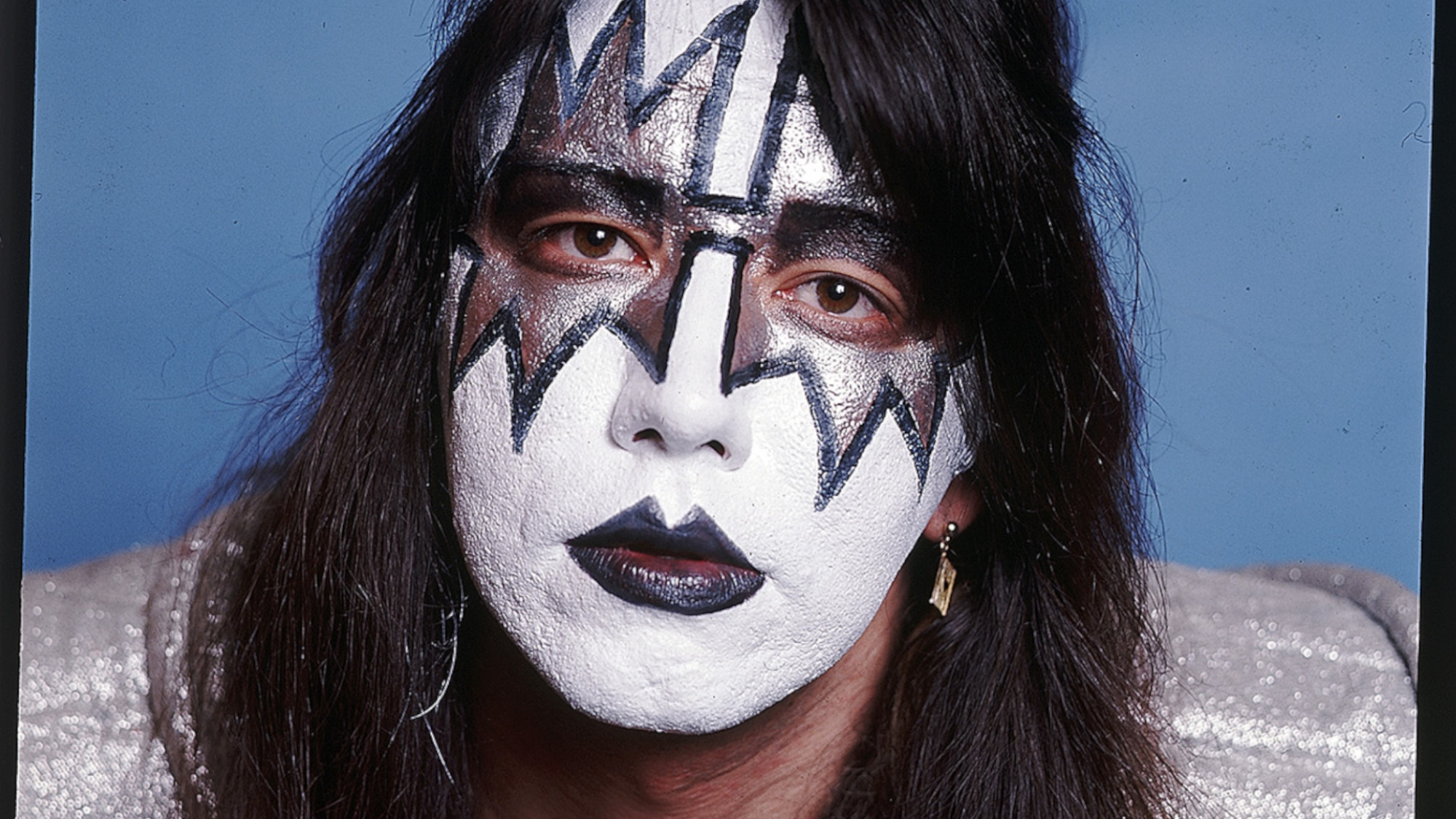 Kiss guitarist Ace Frehley
Kiss guitarist Ace FrehleyFeature The rocker who shot fireworks from his guitar
-
 Robert Redford: the Hollywood icon who founded the Sundance Film Festival
Robert Redford: the Hollywood icon who founded the Sundance Film FestivalFeature Redford’s most lasting influence may have been as the man who ‘invigorated American independent cinema’ through Sundance
-
 Patrick Hemingway: The Hemingway son who tended to his father’s legacy
Patrick Hemingway: The Hemingway son who tended to his father’s legacyFeature He was comfortable in the shadow of his famous father, Ernest Hemingway
-
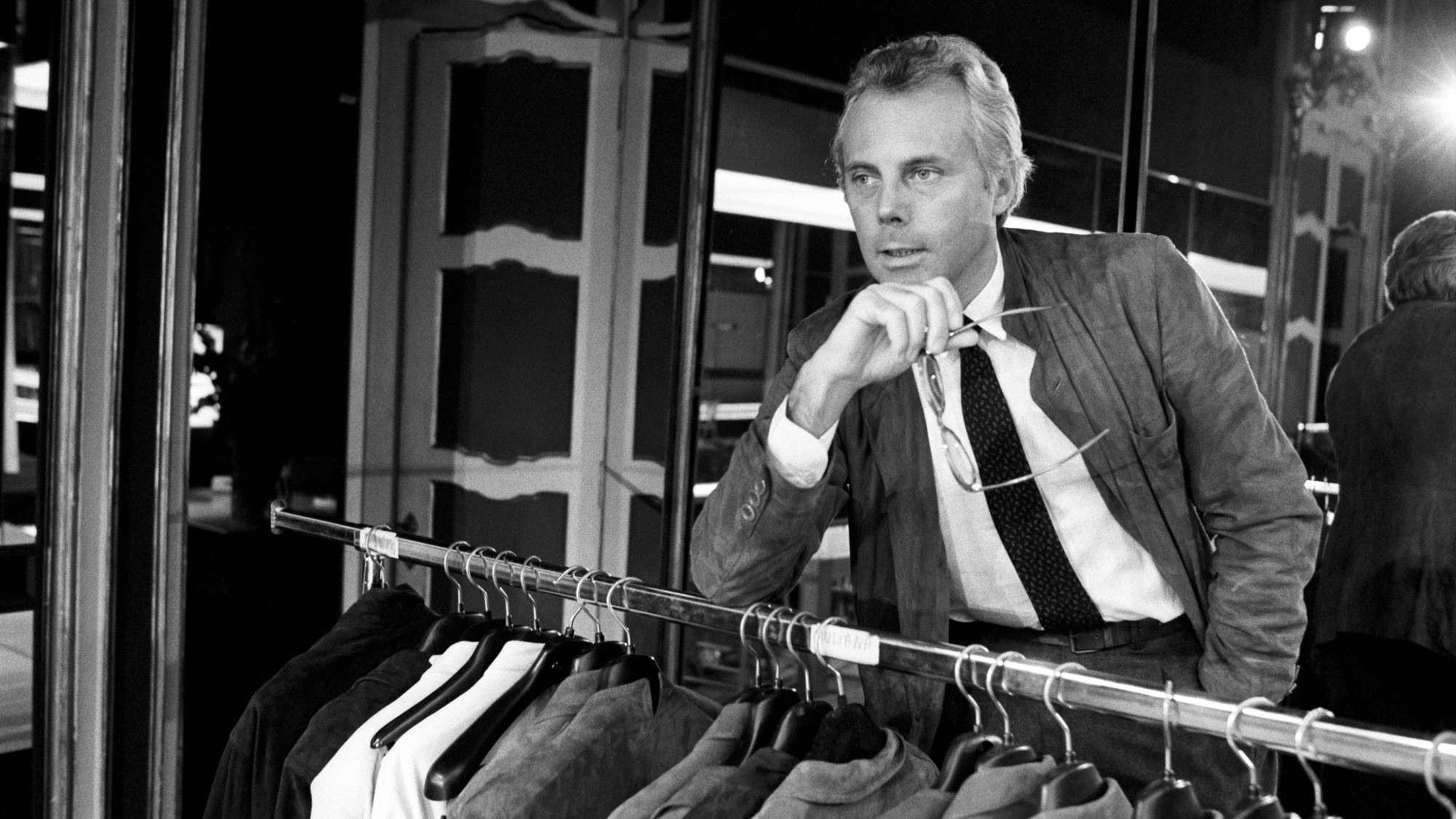 Giorgio Armani obituary: designer revolutionised the business of fashion
Giorgio Armani obituary: designer revolutionised the business of fashionIn the Spotlight ‘King Giorgio’ came from humble beginnings to become a titan of the fashion industry and redefine 20th-century clothing